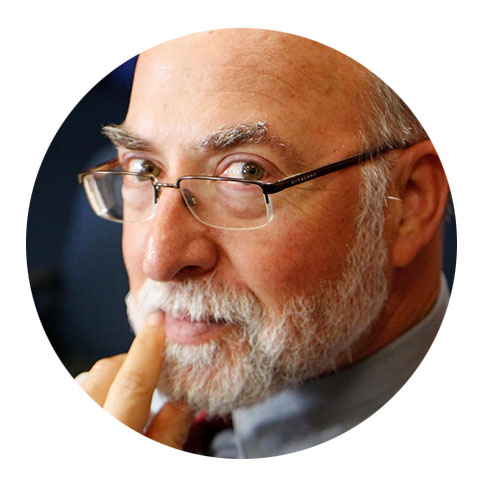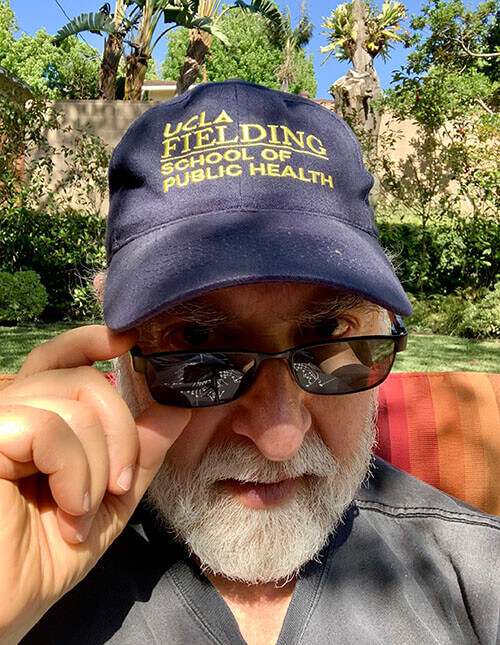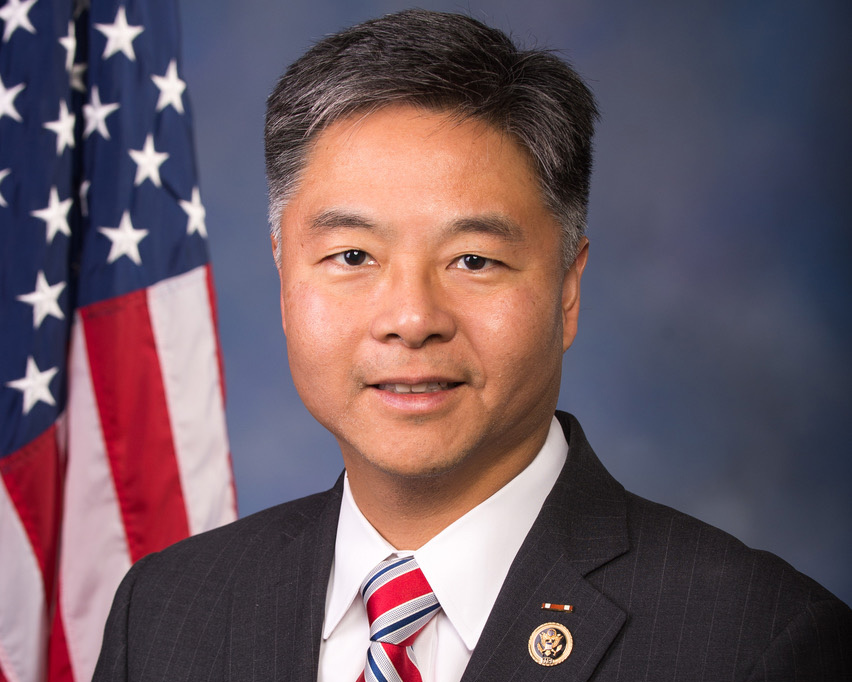Rude Interruptions "American Carnage"
Twice this week, people asked me to compare todayâs spiraling chaos to two of the darker moments in recent history, specifically 1968 and 1992. Then, likewise sparked by institutional racism and its evil twin, police brutality, it also seemed like society was quickly devolving into a violent dystopia.
How did it feel in 1992? Well, kids, I was working late downtown in the County Hall of Administration for Supervisor Ed Edelman. The verdict in the Rodney King case had just come down that afternoon - an all-white jury acquitting four LAPD officers of excessive force, even though theyâd been caught on video continually beating a black man, plainly not resisting them, who was down on all fours like a wounded animal. The beating itself was shocking enough; this outrageous verdict a year later was more than people could stand.
As word spread throughout the community, people took to the streets. I watched in silent horror on our conference room television as the near-fatal beating of truck-driver Reginald Denny in the intersection of Florence and Normandie in South Los Angeles went on and on and on, broadcast from a local news helicopter. I thought I was watching a man being murdered, live and in prime time. A few blocks from our office, police were trying to control an angry crowd that was gathering in front of City Hall. Trash cans were lit and hurled. The cops moved in, and suddenly everybody was running, including reporter friends that I recognized. It was time to leave.
As I headed west toward home, the smell of smoke was everywhere. The wail of distant sirens pierced the night, and an ominous orange glow would signal a new fire somewhere.
At one point I was diverted by a police blockade, beyond which was an opaque wall of dark smoke. Once I got past Koreatown - the epicenter for much of the destruction and looting due to the killing of Latasha Harlins, a 15-year-old black girl, by a Korean shopkeeper only two weeks after the King beating - I made it home without further incident. For nearly a week, the days were relatively quiet, but night-time saw new flareups. The destruction was considerable: 63 people killed, nearly 2,400 injured, more than12,000 arrested, property loss estimated at $1 billion, more than half of that suffered by the Korean community. Economic recovery took many months, and there are still parts of the city where physical as well as psychic scars still remain.
The year 1968 saw the culmination of several years of continuing racial and political unrest across the country. In 1965, five months after the legendary Selma civil rights march, and five days after the Voting Rights Act was signed, the Watts riots erupted after a young black man was arrested for reckless driving and an altercation ensued between the cops and other family members, igniting six days of riots, looting, and property destruction. In 1966, riots shook Chicago, Omaha, Cleveland, Atlanta, and San Francisco; the âLong Hot Summerâ of 1967 saw riots in Cincinnati, Buffalo, Newark, Detroit, Milwaukee, and elsewhere.
But in 1968, the assassination in April of Dr. Martin Luther King, Jr. by a white supremacist instantly touched off simultaneous riots in Detroit, New York, Washington, D.C., Chicago, Baltimore, Pittsburgh, Kansas City, and elsewhere.
Despair deepened when presidential candidate Robert F. Kennedy was assassinated two months later, further crushing idealism and hopes for positive change. Riots flared in Louisville, Akron, and Miami - capped by the infamous âpolice riotâ at the Chicago Democratic convention in August.
As a 12-year-old, I was lucky that my small college town was not directly affected, but no one from that era could come away unscathed by terrifying images of lawless chaos continually beamed into our homes on the nightly TV news. There was no âBright Lights, Big Cityâ - urban centers like Los Angeles had seemingly been reduced to smoldering ruins that it was best to avoid.
So is today better or worse? While weâve not yet seen anything like the loss of life, injuries, and arrests in those distant disturbances, just wait. Today, we confront something far worse: a president and federal government that appears bent on exacerbating and inflaming the situation at every opportunity sheerly for selfish political advantage.
Principal causes of the â60s unrest were poverty, loss of job opportunities, and institutional racism. What do we have today? Radically worse income inequality, a global pandemic that has disproportionately sickened and killed vulnerable people of color in high-risk occupations with low-quality health coverage, Great Depression levels of unemployment, and an out-and-out racist president who delights in insulting, threatening and tormenting racial minorities of all colors. Now add in the fact that many young people have been cooped up at home for more than two months with nothing to do, earning no money, itching for action and somebody to blame.
Pandemic, economic collapse, race riots, threats to deploy armed forces against protesting American citizens - while the president, mocked by conservative columnist George Will as âthis low-rent Lear raging on his Twitter-heath,â tightens his grip on power by spreading lies and disinformation designed to undermine confidence and depress voter turnout in the November election, our last remaining legal opportunity to rescue democracy by taking him out.
No, this is worse. Much worse. Downward we plunge, with no bottom in sight.











